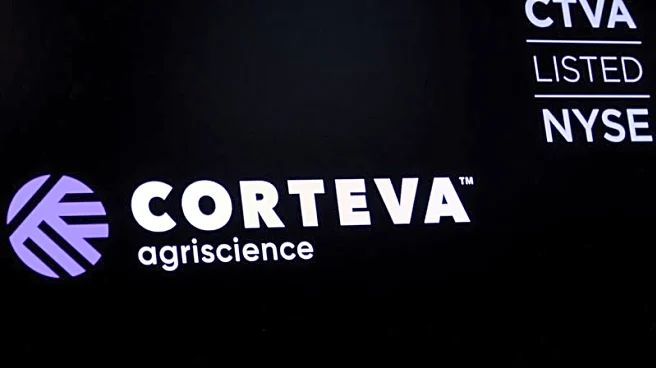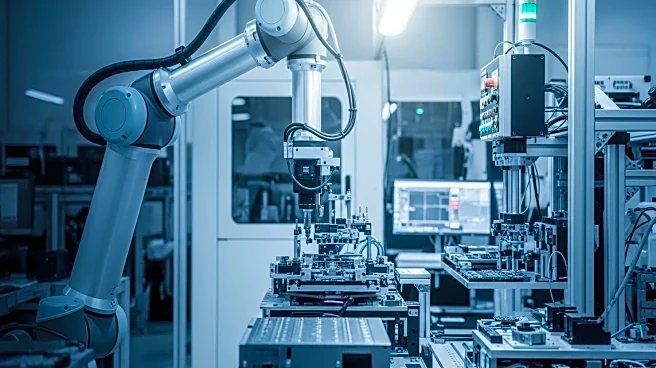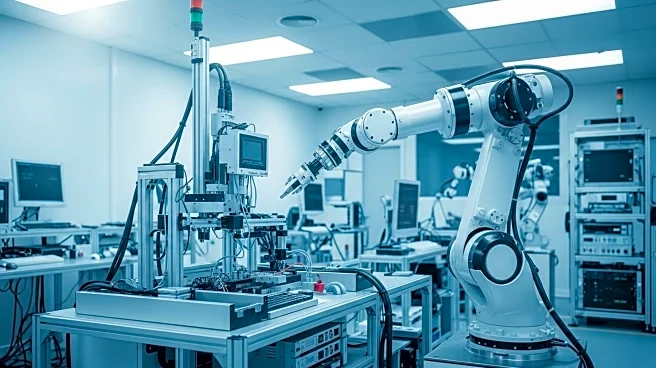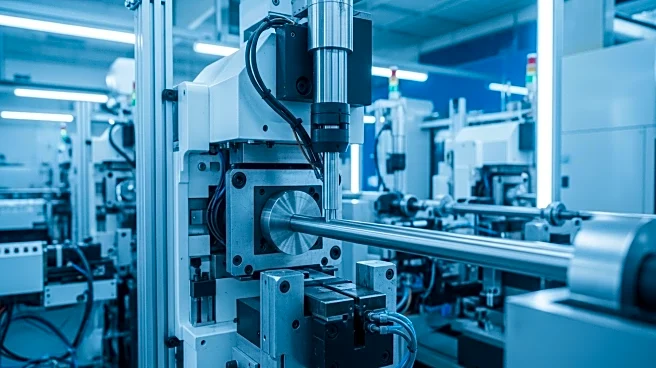What's Happening?
Corteva has announced plans to separate its seed and pesticide businesses into two distinct publicly traded companies. This strategic move is intended to sharpen Corteva's focus and enhance shareholder returns by allowing each company to pursue independent growth opportunities. The seed business, which generated 57% of Corteva's total net sales last year, will be led by current CEO Chuck Magro. The crop protection segment, responsible for the remaining sales, will continue under the leadership of Corteva chairman Greg Page. The separation follows years of cost cuts and investment in new technologies, positioning both segments for future success.
Why It's Important?
The decision to split Corteva's operations reflects the evolving landscape of the agriculture industry, where specialized focus can lead to greater innovation and market responsiveness. By creating two independent entities, Corteva aims to capitalize on divergent opportunities in seed and crop protection markets. This move aligns with broader industry trends, as other major companies have pursued similar spin-offs to enhance strategic focus and shareholder value. The separation is expected to provide Corteva with the flexibility to allocate resources more efficiently and adapt to market shifts.
What's Next?
Corteva plans to complete the spin-off in the second half of 2026, following necessary approvals and regulatory processes. The separation will be executed as a tax-free transaction, allowing shareholders to maintain investment exposure to both segments. As the process unfolds, Corteva will finalize management teams and operational structures for each company. The industry will be closely monitoring the impact of this separation on Corteva's market position and the potential influence on other agrichemical firms.
Beyond the Headlines
Corteva's restructuring highlights the importance of strategic agility in the agriculture sector. By focusing on specific market segments, the company can better address challenges such as sustainability and technological advancement. This move underscores the industry's shift towards specialization and the need for companies to adapt to changing market dynamics to maintain competitive advantage.











